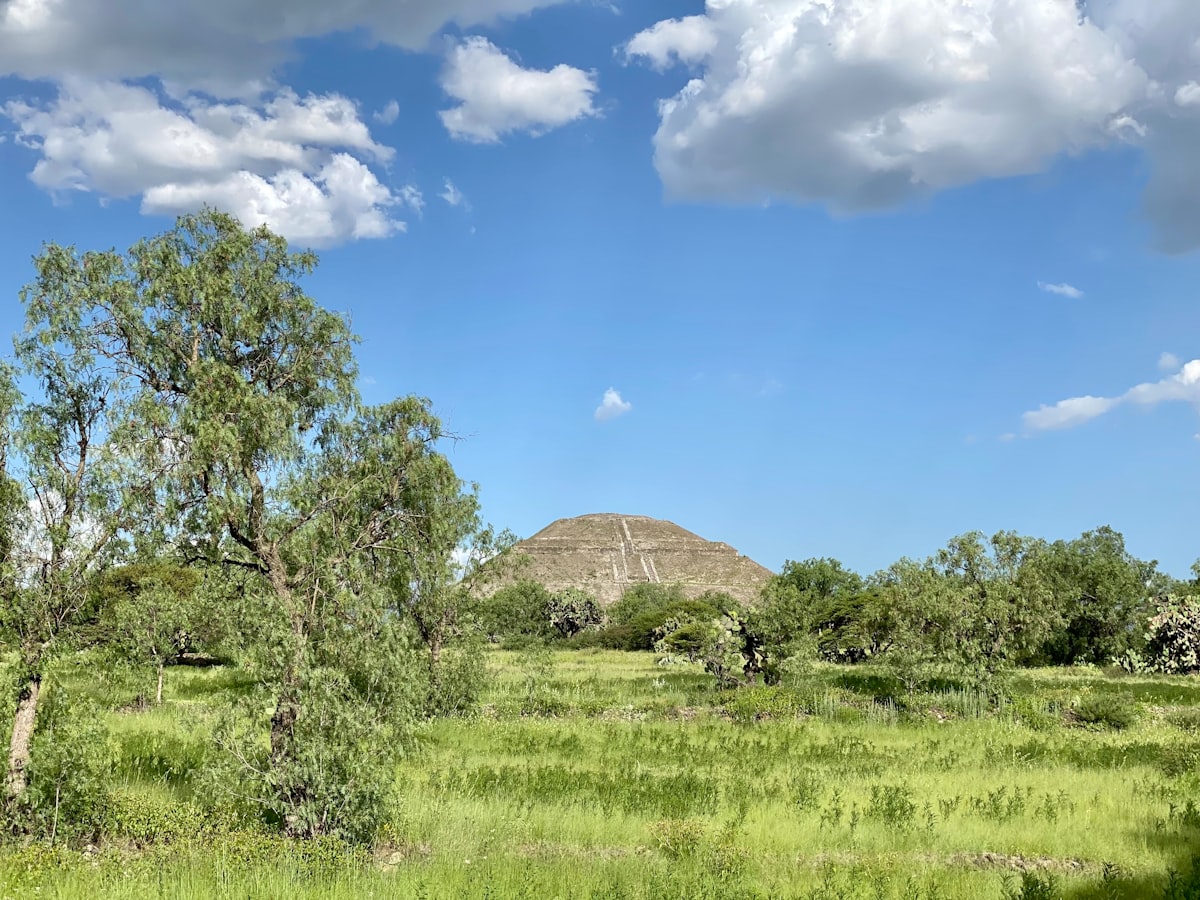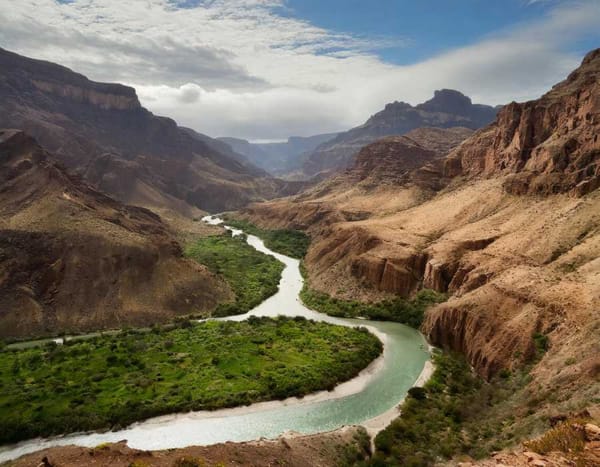How long did it take to build the Pyramid of the Sun?
Due to the inexistence of historical sources, little is known about the meaning that this 65 meters (213 feet) high building had for the ancient Teotihuacan people. The Pyramid of the Sun could have been built in 139 years and with the work of between 12 and 14 thousand people.

In 1986 a first approximation was made about the construction time of the great monument. Hypothetically, it has been considered that it was built by 12 to 14 thousand people working simultaneously, through specialized groups in each of the tasks, such as haulers, water carriers, masons, stonemasons, bricklayers, and so on. With 10-hour workdays, seven days a week. All this added together gives a total of 139 years, approximately, what it would take in normal conditions for the construction of the pyramid.
Even though more than a century of explorations in the Archaeological Zone of Teotihuacan have allowed classifying several of its urban characteristics, the enigmas about its most emblematic building, the Pyramid of the Sun, continue, because little or nothing is known about the meaning it had for the Teotihuacan people due to the inexistence of historical sources. There are attempts to elucidate the meaning that this monument -65 meters (213 feet) high- had for the ancient Teotihuacanos, from the data provided by some material remains found in different excavations, however, it is difficult to be certain about the pre-Hispanic thought.
The archaeologists made a survey among inhabitants of the Teotihuacan Valley, inhabitants of urban centers near Mexico City, as well as among workers and specialists of the site. The central question was: What does the Pyramid of the Sun mean to you? The general population stated that it is the most important building of Teotihuacan, a monument dedicated to the Sun, an energy center, the main tourist attraction of Teotihuacan, something majestic, a manifestation of despotic power, a ceremonial center, a tomb, a national symbol, an enigma... For archaeologists it is also the central nucleus of the Teotihuacan urban system.
But its original meaning is still a secret, fundamentally because in Teotihuacan there is no well-analyzed writing, there are vestiges, a series of glyphs were found in the neighborhood of La Ventilla, however they have not been interpreted completely. This building is for many researchers an altépetl or water mountain, it has been mentioned that the pyramids are a replica of the hills, which are referred to as suppliers of the vital liquid. This makes them think that the Pyramid of the Sun is related to strength, fertility, water and the underworld, from where life emerges and where men go to their death, perhaps important characters, from the point of view of Teotihuacan thought.
Thus, a tunnel under this building could be related to Chicomostoc, the place of origin of the Nahua tribes that arrived at the center of Mexico. There are elements such as the four niches at the bottom of the cave that coincide with the four-petaled flower, a symbol of Teotihuacan, and it is also similar to the representation of cavities found in Toltec-Chichimeca history. The subway under the Pyramid of the Sun has a close relationship with the underworld, with the four cardinal points, with the cosmos.
Therefore, it could be said that in Teotihuacan everything, including its layout, repeats the quincunx (a symbol that points out the directions of the universe), an idea of groups older than the Teotihuacan, fundamentally of the Olmecs. In that space human skeletal remains were also found, materials of Toltec and Mexica origin, groups that looted in later times to the abandonment of the city. Likewise, it is very probable that in the tunnel there was originally a water spring.
The Pyramid of the Sun as a space of power is also clear with the finding that has been made in its vicinity, of sculptural fragments with representations of jaguars (emblem of the great rulers) and snakes, which probably adorned their attached platforms. The plant of the Pyramid of the Sun corresponds with the 126 meters of the diameter of the Great Basement of Cuicuilco (1356 square feet), data that becomes relevant because it is thought that some people of the Cuicuilcas went to Teotihuacan after the eruption of the Xitle volcano around 100 AD.
Like Cuicuilco, a site located south of Mexico City, the pyramids of Teotihuacan have a relationship with their immediate landscape, especially with the surrounding hills, with which they even mimic. Regarding the construction system of the Pyramid of the Sun, several hypotheses suggest that its inner core is formed by masonry box systems that have not been fully explored and identified and that could have an octagonal or random sequence.




